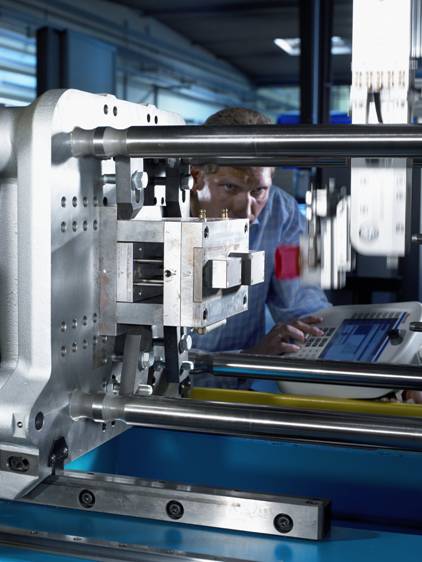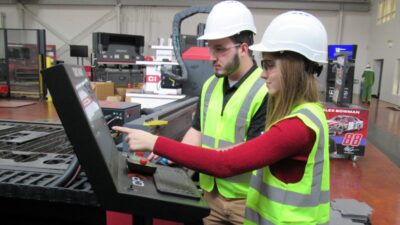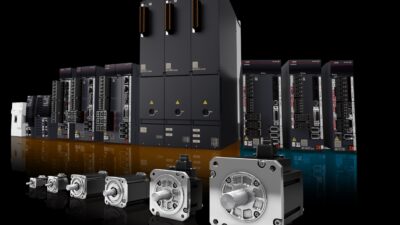Functional safety is best applied from the ground up as part of the overall machine design process rather than as an add-on at the end. Whenever new motion is added, such as a servo control, the functional safety of the machine must be considered.

For system integrators with motion expertise, one of the most common requests is to retrofit servo controlled motion to an existing machine or process. Servo control may bring advantages of greater speed to reduce cycle time, faster changeover for different product variants, or a move profile that avoids existing mechanical problems. Whenever new motion is added, the functional safety of the machine must be considered.
Functional safety is best applied from the ground up as part of the overall machine design process rather than as an add-on at the end. Considering safety as the last step may have worked to a degree when the approach was hard guarding and fencing, but today functional safety must be designed in as part of the control system.
“When an existing user has not had an accident or a runaway with only normal machine controls,” says controls integrator Steve Cortese of Automation Works, Mount Prospect, IL, “he may not see the need for redundant safety-related control architecture. When past practice was to open a guard door and engage a setup bypass circuit that allows normal jogging, he may not see the need for monitored, safely-limited speed to ensure that a single failure cannot result in unexpected or uncontrolled motion.”
In one case, a high-production automotive airbag assembly manufacturer described its method of improving cycle time as connecting a light curtain at the access to the load/unload station to the forward overtravel limit input of the servo drive that moves the bag folding arms. If the operator reaches in while the machine is still moving toward the unload station, the axis would stop; if moving away after releasing the completed airbag, motion would be allowed even though the operator’s hands were through the curtain. By using a standard (non-safety) input with no redundancy or diagnostics, a single failure could possibly cause a loss of stopping function and allow rapid motion toward the operator’s hands—the hazard the company was trying to avoid.
The standard servo drive overtravel limit input is a circuit designed with normal good practice, but it is not a safety-rated redundant control-reliable circuit. Although it had never failed to a hazardous condition in any of the other scores of machines in their plants, the risk remains for a failure that goes undetected until it causes an accident. To ensure safety, the plant should consider here the drive feature Safe Direction, as defined in IEC EN 61800-5-2.
Safe Direction provides safety certified monitoring of the axis motion that shuts the axis down to no torque if the axis moves more than a configurable distance in the "wrong" direction. Once configured, the monitoring can be turned off and on with redundant complementary safety inputs to the drive—in this case from the light curtain outputs. In retrofits, an original system may not be up-to-date on basic guarding and interlocking. Often a simple single-channel non-redundant emergency stop to remove power is all that was provided.
Adding the proper guarding and door interlocking that drops power to servo drives may result in new errors and sequence restart issues. Dropping input power contactors also stresses bus capacitors, wastes energy from discharging and recharging, and takes time to restart that could be used for the production cycle. Controls Integrator Dave Stuber of Custom Controls Solutions, St. Charles, IL, suggests the use of Safe Stop 2 functionality, as defined in standard IEC EN 61800-5-2. It allows a drive to maintain torque and hold position while stopped. All axes in a complicated system can maintain position and synchronization while doors are opened for setup adjustments.
The safety function monitors for motion and shuts down to no torque if there is motion beyond a determined safe limit. Power cycling stress, contactor wear, time delay, errors, and additional logic for mid-cycle restart are avoided. These new techniques are now allowed under standards like NFPA 79-2007, which permit a servo drive designed for the purpose to be used for stop functions without requiring power disconnect by an electromechanical device.
– Gary Thrall is senior product support engineer, Bosch Rexroth Corp.
www.boschrexroth-us.com



